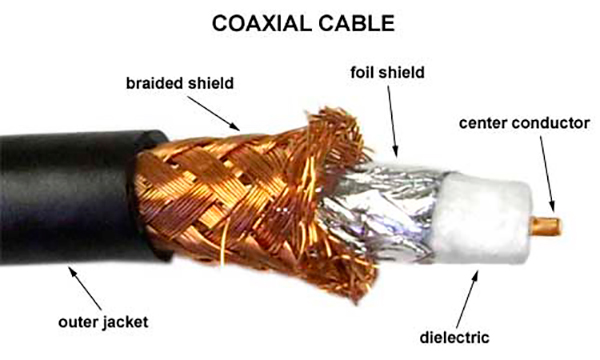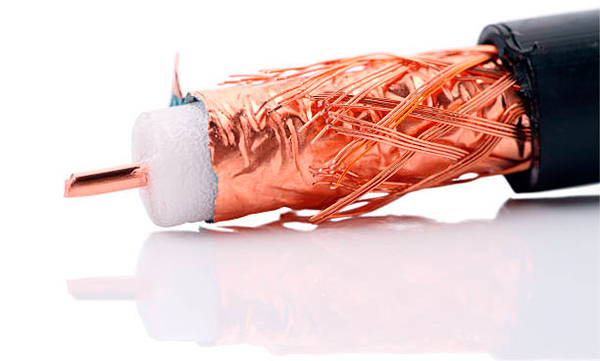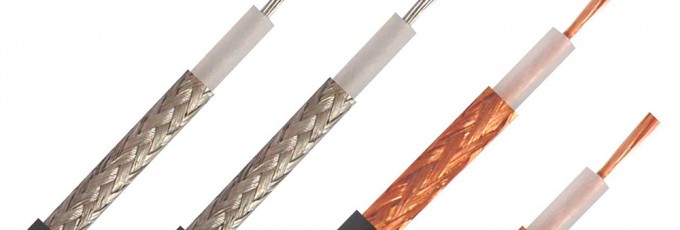You’ve probably wondered on more than one occasion what the difference between 50 and 75 Ohms coaxials is. For the vast majority of times, manufacturers do not clearly indicate in the guides and instruction books why one type of cable or another should be used. Let’s try to work it out with this post.
Coaxial cable
The composition of the coaxial cable is divided into three distinct parts. The centre is known as the conductor; it can be made of twisted wire or solid wire. It is generally made of aluminum and copper, a combination of both materials.
The part around the centre is called the dielectric, whose main mission is to isolate the conductor centre. It is usually made from a composition of plastics and foam.
And finally, on the outside, the shielding, made from a combination of aluminium or braided mesh. This shielding is usually covered by materials such as PVC to protect it from external aggression.

What is the Ohm?
Before going on to establish the differences between the two coaxials, let’s know what the Ohm is and what it is for.
If we refer to its technical definition, the Ohm is a unit of resistance to the passage of electrical current in a given conductor. For example, the battery resistance of vehicles is measured in this unit; all applications where direct current is used are measured in Ohm.
In contrast, in those AC applications, impedance is measured, not resistance.
Two impedance types: 50 and 75 Ohm
Let’s go now with the issue kit. Currently, two types of impedances are handled on the vast majority of cables used in applications: 50 and 75 Ohm.
Some companies in the industrial connectors sector have the 50 Ohm coaxial cables that are more advantageous for high power ratings of between 50 and 100 W. Generally, for any device that acts as a transmitter and receiver, a cable of this type is used: televisions, telephones, radio communication systems that have 2 ways….
If you want to be absolutely sure that the signal loss will be minimal, the 75 Ohm cable is the best alternative. The best option when the equipment to be connected is AM or FM type.

Finally, it is worth considering one point: the impedance of all equipment and components installed must be exactly the same. In other words, if you are going to install a certain transmission equipment with an impedance of 50 Ohm, you should know that both the cable and the antenna must also be 50 Ohm. Otherwise, you will face a coupling problem, which will result in a degraded signal.
Of course, Alfar SL offers coaxial cables of different impedance, so that you can start any project, regardless of its power.
